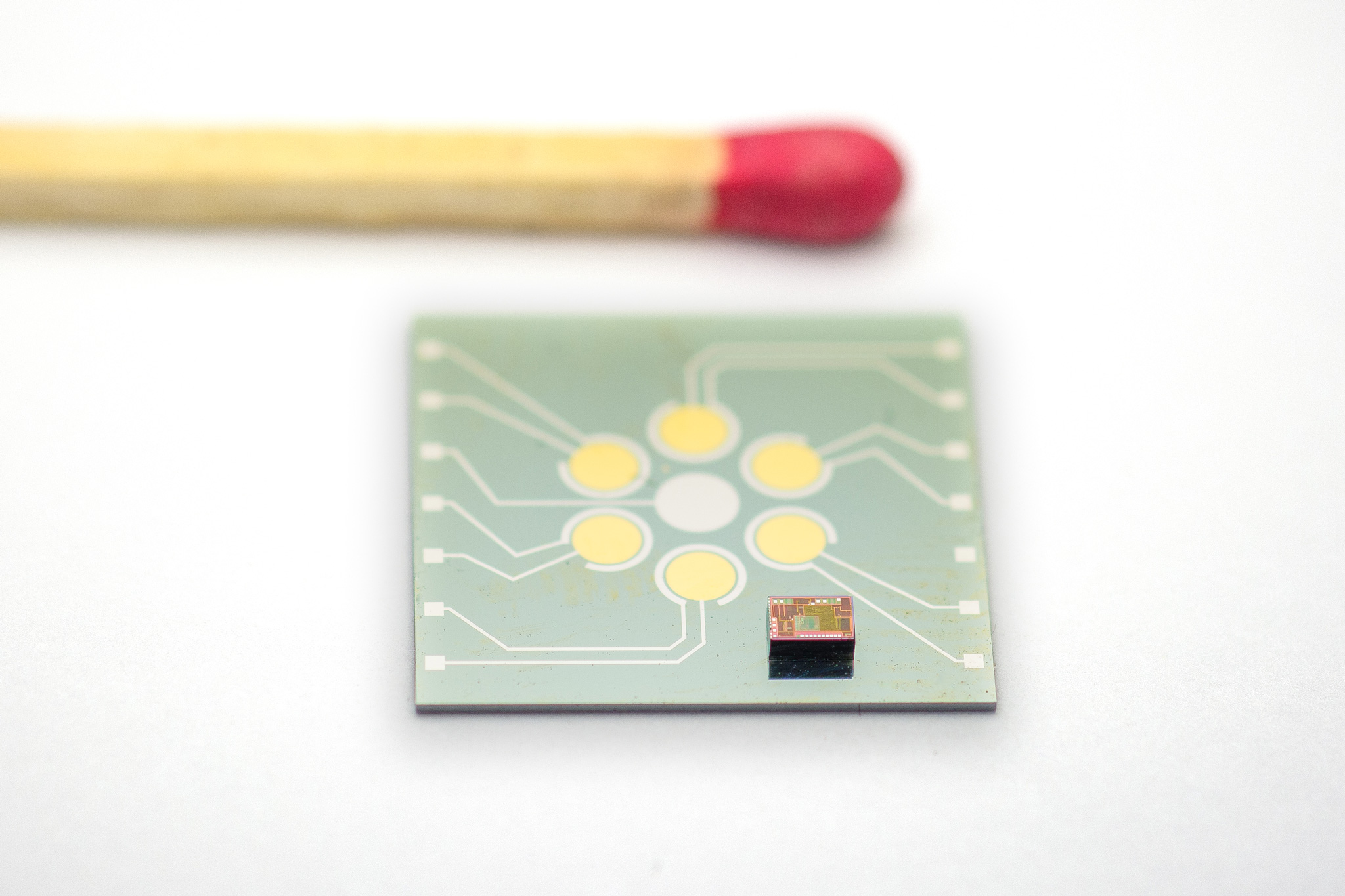Autonomous mini-detectors to discover contaminants
With the production and consumption of synthetic drugs steadily rising, it is vitally important to detect illegal drug laboratories. In the MICROMOLE project, we are collaborating with ten European partners to develop an autonomous monitoring system that recognizes the tiniest amounts of certain chemical substances in sewage. Moreover, it does this with maximum sensitivity and selectivity. This will make it possible, for example, to establish that synthetic drugs are being manufactured in a certain area through the detection of specific substances. Such a control system can also be used in many other domains, such as in water quality assessment.
The goal is to reduce the entire system down to the size of a hand, making it possible to detect contaminants in waste water without human intervention. This would render the system suitable for mobile use and for applications such as autonomous and cost-effective on-site analyses to detect impurities in waste water. The main component of the monitoring system is a chemical sensor that is very compact thanks to the microfluidics technology used; a special electrode array makes it robust against changes in water characteristics. By virtue of its extremely high sensitivity, the sensor can detect chemical substances even in very low concentrations in the micromole range.
To achieve this, Fraunhofer IIS developed optimized integrated electronics that allow the highest possible sensor accuracy to be obtained. For maximum performance and reliability, the operating point of the sensor needs to be set precisely. The sensor’s output signal must first be amplified, filtered and digitalized before digital signal processing can be used to determine the concentration of the substance to be detected. In addition to high measurement accuracy, another prerequisite for an autonomously functioning sensor system is extremely low energy consumption. To this end, we developed an optimized battery module that delivers energy in sufficient quantities while requiring almost zero maintenance.
This project has received funding from the European Union‘s Horizon 2020 research and innovation programme under grant agreement No 653626.
